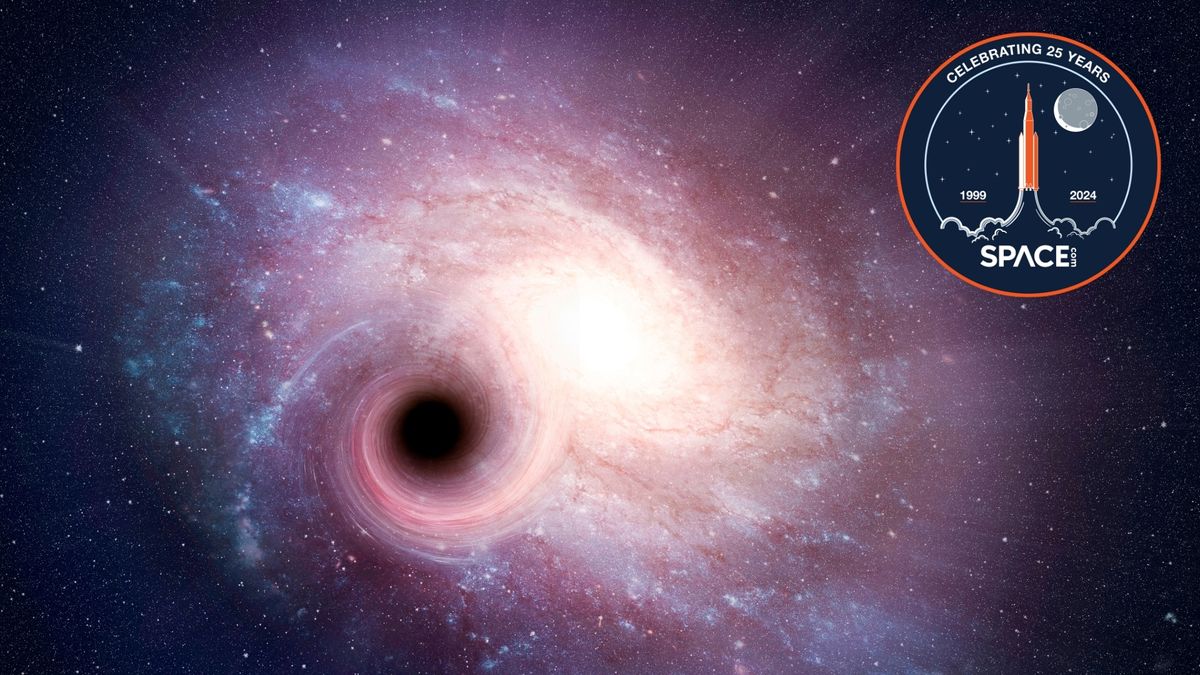

The Astrophysical Journal. The photograph captures two supermassive black holes situated at the core of the quasar OJ 287, approximately 5 billion light-years away from our planet (in the constellation Cancer), partaking in a 12-year orbital choreography.
This visual evidence marks a significant advancement. Although theories and indirect observations of binary black hole systems (like the remarkable discovery of two colliding black holes) have been in existence for a long time, this is the inaugural occasion where we have distinctly observed two such colossal entities revolving around one another. The outcome enhances our comprehension of the growth and merging processes of black holes, and it may even provide fresh observational foundations for validating the predictions of general relativity. The image delivers a striking confirmation of years of theoretical efforts and observational clues, establishing it as one of the most thrilling advancements in black hole astrophysics.